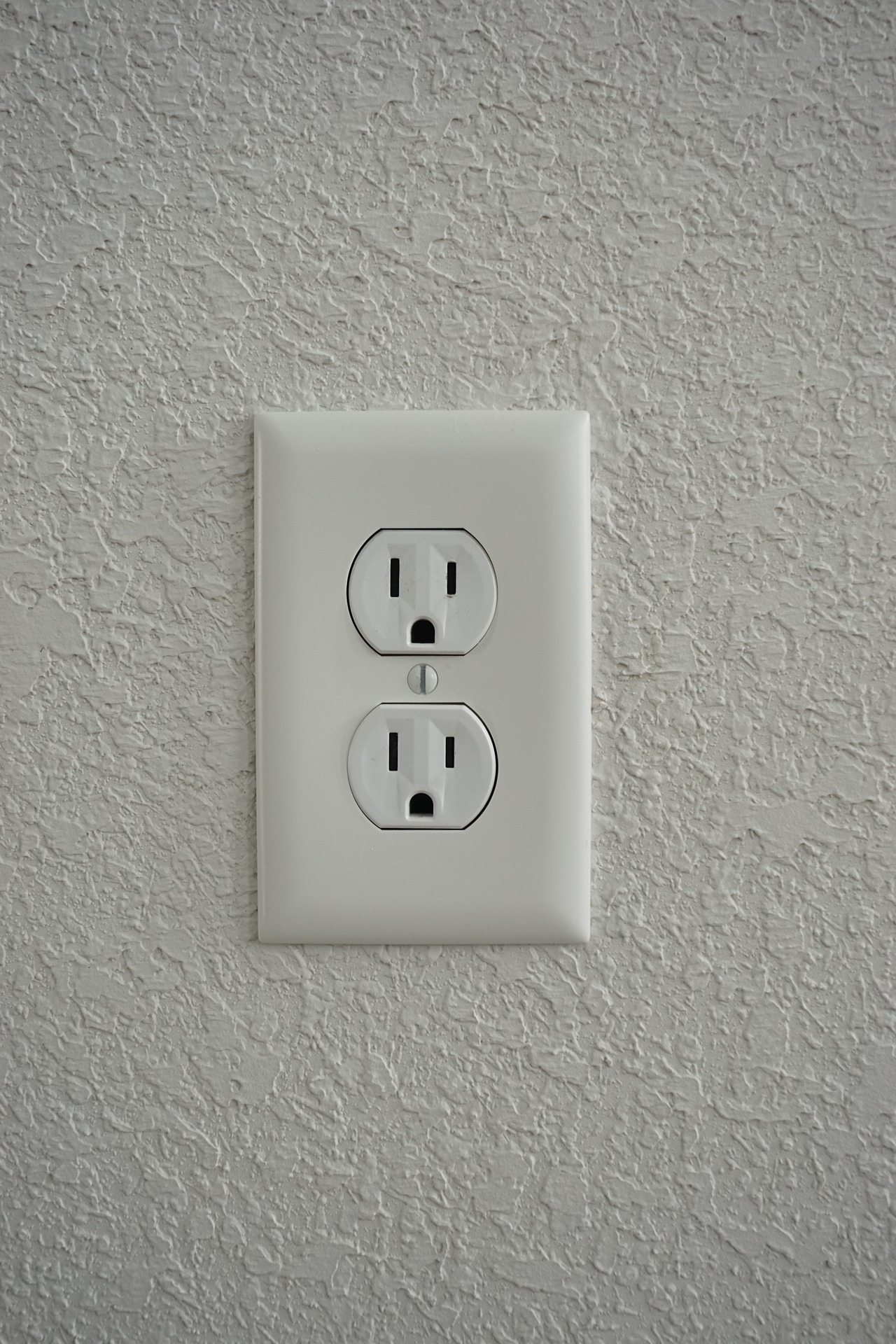What do you say when your 12-year-old daughter asks you, “what is crypto?”
It’s important to me that my kids understand how things work down to first principles. So, I am going to attempt to break this down, bit by bit, over a series of posts here.
Think Cryptocurrency is hard to understand? Well, it is.
First, a bit of why that is.
Cryptocurrency is really a combination and a culmination of a lot of older technologies. We use these older technologies every day – a 20-dollar bill, a credit card, a check. We know what they do, but we actually have no idea how or why they work. We’ve been spoiled in this new tech age. We live in a world where all the complexities of technology are neatly bundled and packaged behind the touchscreen. We push the button and wa-la! It works! All of those crazy boluses of meandering wires behind the wall are hidden from our view — and our understanding.

The problem with understanding cryptocurrency is that most people are never understand any tech, let alone crypto – in the same way that few people understand how electricity works to turn on our lights. Or how a semiconductor in an iPhone works. Or how the reconciliation and fraud detection process within a credit card works.
The beind-the-wall bundles of wires of crypto are getting worked out before our eyes right now. Lots of loose ends. But we don’t have the button to push yet. So, a lot of people will honestly just wait for others to build the button. Once they press it for the first time, they’ll say “Cool!” and that will be the end of it.
But not you, of course!
You realize that crypto is going to be more important than just some niche tech-bro thing. I’d even argue that crypto will disrupt our world more than almost any other tech over the next 25 years (AI and CRISPR are the two others). So, you want to understand crypto, and so you’re willing to get behind the wall. You gotta dig underneath. And that’s when it gets really technical. I’ve found that the most useful way to understand something technical is through analogy. So, give me a chance to explain crypto to you without technical jargon – once and for all – with a few key analogies.
 PROTOCOL: LIKE A WALL SOCKET
PROTOCOL: LIKE A WALL SOCKET
Any time you create a new technology, one of the first things you have to do is to create a standard. Hey, if we’re going to have electricity going into thousands / millions of houses, let’s make the plug-in holes the same shape and size for anything that plugs in. Let’s make the electricity flow in at the same predictable speed.
Look at your electrical socket, that is a brilliant standard. I can take my iPhone charger to Wyoming or Alaska or Texas, and it fits. It’s a standard, or (in tech-speak) that’s a protocol. So with a wall socket, you can plug in an appliance (a hairdryer, a TV, a dishwater) and it will “talk to” the electrical system. They speak the same language and follow a certain set of rules. Similarly, if two computers are going to talk to each other, they want them to be speaking the same language and exchange information the same way.
You know that “http://” in front of every website? That “p” actually stands for protocol. It’s a I-agree, you-agree, we-all-agree standard for how different computers across the world, across different languages, can communicate and talk to each other.
Similarly, every cryptocurrency has a set of rules on how it all works and how the currency will be governed. Take bitcoin for example – the basis for its protocol was written by an anonymous contributor in a now-infamous whitepaper – Bitcoin: A Peer-to-Peer Electronic Cash System (PDF). The essence of it is quite an elegant system for how two parties (who don’t know or trust each other) can transact with full trust that they will receive what’s promised. The beauty of bitcoin is that it tkes two strangers and essentially gives them enough trust for each other that they can shake on the deal and it’s done.
Makes sense so far? More posts like this are coming!
In the meantime, I’ve noticed one of the best ways to learn is to try. Put $50 in and buy some crypto. I use crypto.com to buy, sell, and stake (more on this later) crypto. If you sign up with this referral link, we both get $25 of a new crypto called CRO. And yes, this is the same crypto.com that just acquired the naming rights of the stadium of the LA Lakers. Good bye Staples Center, hello Crypto.com Arena.
